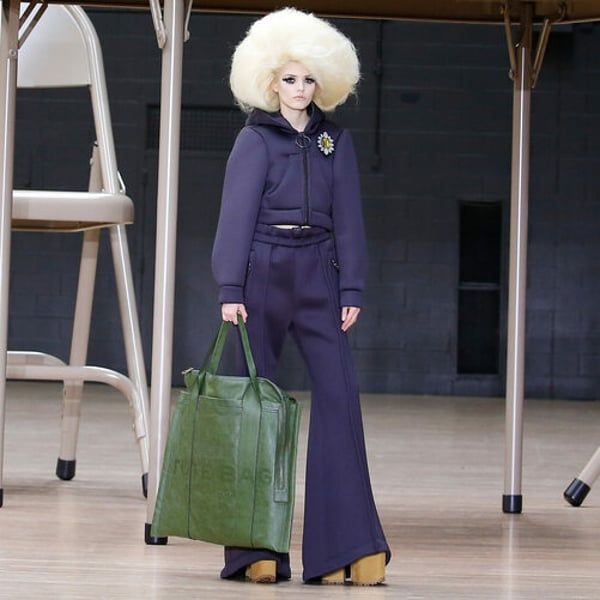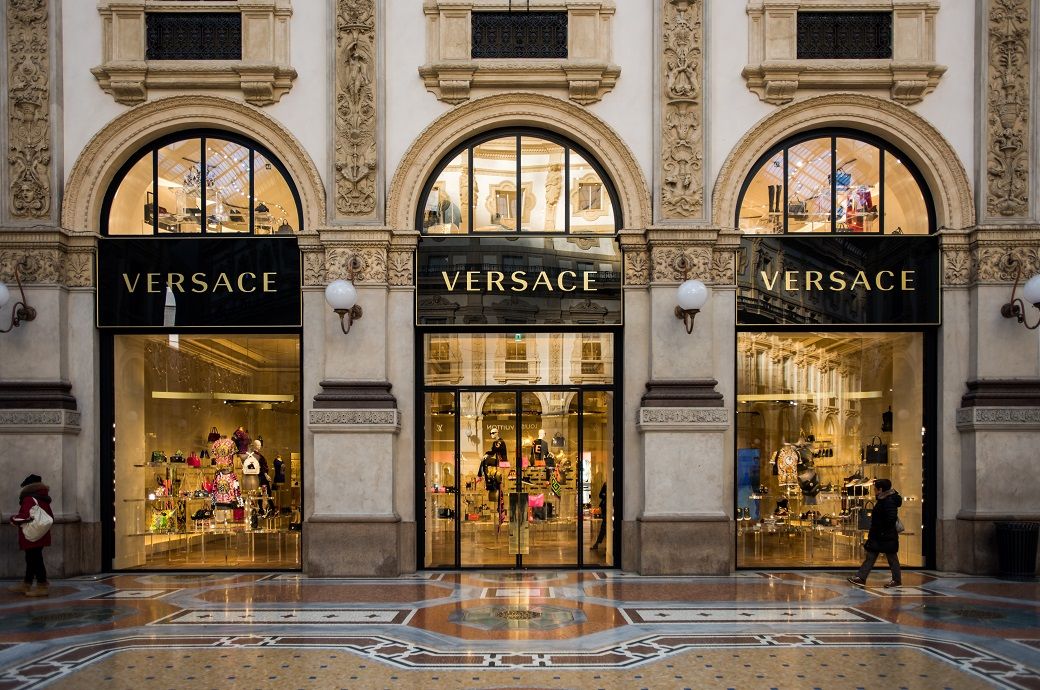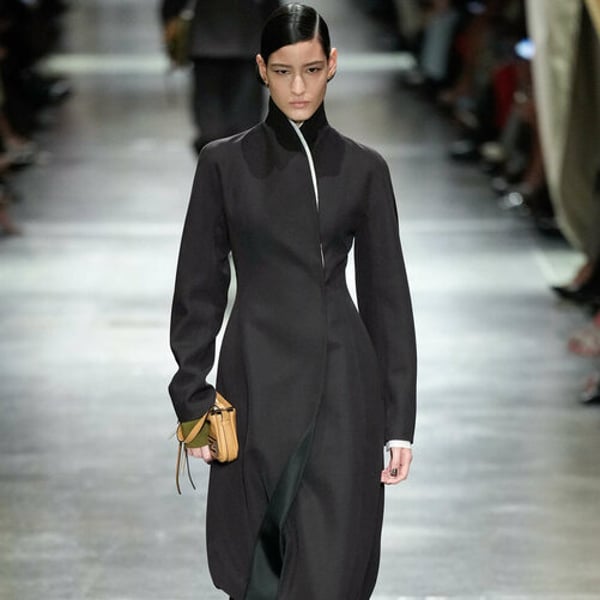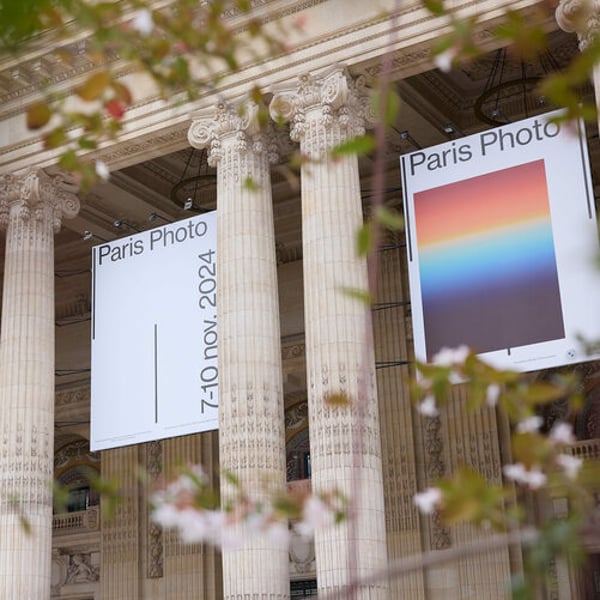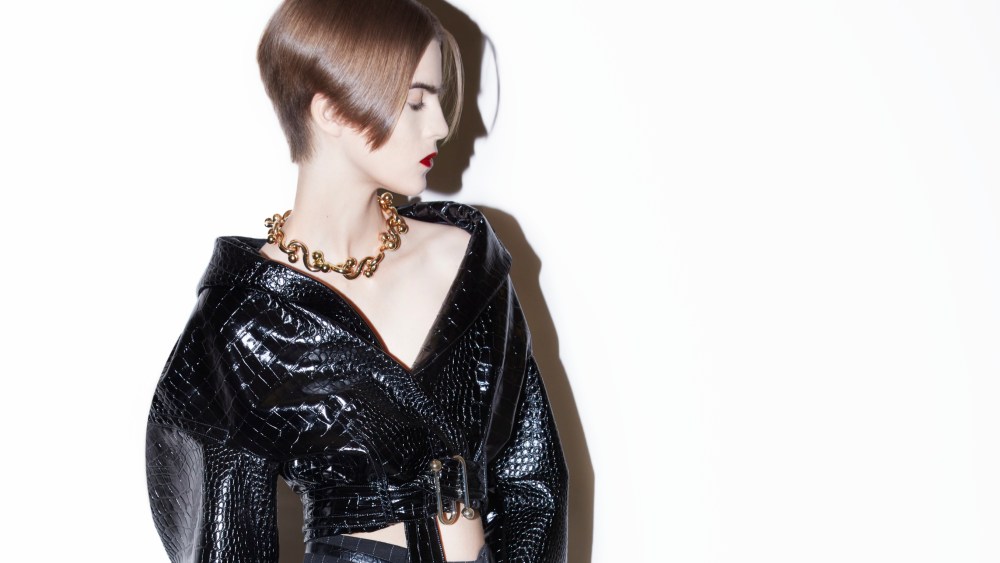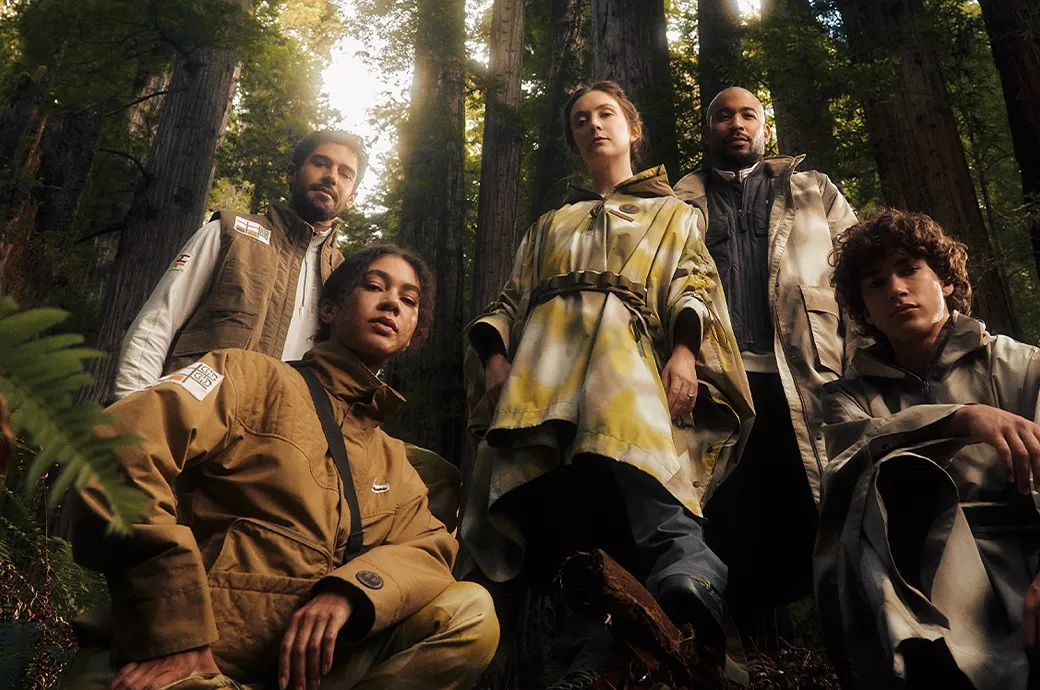There aren't many designers from New York (or anywhere else) who are still working to celebrate 40 years of the brands they founded.
Notable exceptions are Ralph Lauren, Michael Kors, Tommy Hilfiger, Anna Sui and, of course, Marc Jacobs, who at 60 is the youngest in the lineup. On Friday, a week before the official start of New York Fashion Week, Jacobs showed off his latest collection, marking the brand's 40th anniversary.th anniversary. Instead of hosting a big splashy event, the designer kept the outing subdued and focused squarely on the clothes themselves; a rather refreshing vision, compared to the mega fashion shows of recent times, with incredible amounts of celebrities, influencers, complex sets and installations and even remote locations, all designed to satiate today's digital appetite.
While much of that has existed in the past at a Marc Jacobs show (including his Louis Vuitton-era shows), today it seems to have transcended the need for praise and the paparazzi frenzy. The vast space of the Park Avenue Armory, a favorite of the designer along with the Lexington Avenue National Guard Armory, was set up with two single rows of chairs for guests, including the stunning, oversized Debbie Harry, for a staging he has used in previous shows, but this one played on a theme of the show: proportion.
At the top of the walkway was a classically designed folding game table and four chairs, a 2006 artwork by Robert Therrien called 'No Title (Folding Table and Chairs, Beige)', which was oversized to accommodate approximately a 30 foot person. However banal and efficient the game table design may be, it sparked a new interest in large dimensions.
In the exhibition notes titled 'Wonder', Jacobs offers a glimpse of the inspiration for his collection in the following passage.
“My love for the ordinary is a constant and meaningful affair that lasts a lifetime. Through the inevitable lens of time, my glass remains filled with wonder and reflection. In examining the memorable and the mundane, we abstract and exaggerate with a familiarity disorienting in our desire to express something naïve and elegant,” Jacobs said.

When the first look appeared, an oversized 1950s-era pencil skirt paired with a boxy version of a fitted bodice, the artwork helped highlight massive silhouettes. Gigantic to the point that the clothing appears to rest off the body rather than on it. It was an effect that some guests compared to paper dolls, whose ready-made appearance expressed a similar appearance; They never looked as natural as the permanent underwear worn by the cropped flat dolls.
The genius of overgrowing these clothes, which could use memorable, elegant, mundane and naive descriptions, was in fact abstract and exaggerated. A pair of dress shorts were pinned in front and back to stay on, a tweed jacket protruded from the back with lapels protruding in the front, the shoulder seams created a vertical seam, Mary Jane shoes , plastic combat boots were deformed and cartoonish while Oxford-style lace-up shoes, slouched at the front, were many sizes too big and handbags large enough for small children to easily hide in.
The clothes weren't simply too big; They didn't fit the body proportionally to the figure, but somehow they seemed appropriately sized. Tiny blazers and shrunken hoodies balanced exaggerated pants like skirts and sweatpants. Another style of tracksuit was based on terry sports shorts in the form of panties that sat away from the leg instead of cupping it. Other plays on proportions included sleeves that protruded from narrow shoulders, giving the appearance of flabby arms, or conversely, some styles looked both shrunken and gigantic, such as a black mini dress with large buttons or an exaggerated bustier dress that skimmed the body. of a model. below.

Big, covetable chunky knit sweaters, a structured peacoat, a black trompe l'oeil bikini over a cream knit shell with sleek Bermuda shorts, a bralette and skirt, and mirrored dresses had the look of a commercial success. The exquisiteness was reflected in a pale white skin tone that was adorned with a cluster of multicolored gemstones.
The hair was whipped up like cotton candy into huge retro-style updos (appropriate in light of Buzzy's hairstyles).Fight: Capote against Los Cisnes) to balance the look. In a way, the oversized collection changed the notion of being “Instagram-friendly,” as these looks probably shine better in real life. It cemented the feeling of the fashion moment, which seemed to deliberately border on the absurd. Perhaps that thought crossed Jacobs' mind. Perhaps this false, almost cartoonish idea of who we are was examined through Jacobs's gigantic collection.
The world is pretty absurd right now; Glimpses of that absurdity were just outside the Armory, where PETA showed up once again to protest the designer's low-key show (never primarily known for fur, FYI) and another protest outside the Americas Society/Council of the Americas, also known as AS/COA, on Park Avenue was forming. At this point, who couldn't use this escape into ridiculous fashion fantasy?
Copyright © 2024 FashionNetwork.com All rights reserved.

